Chinese cabbage, known as Napa cabbage in many parts of the world, is a leafy vegetable prized for its mild, sweet flavor and tender texture. Pickling this versatile ingredient is a time-honored tradition across Asia, resulting in tangy, crunchy delights that enhance meals year-round. Whether you aim to recreate Korean kimchi, Chinese suan cai, or a simple homemade pickle, mastering the pickling process ensures a burst of umami and probiotic benefits. This guide delves into the science and craft of pickling Chinese cabbage, offering detailed techniques, tips, and creative adaptations for home cooks.
Why Pickle Chinese Cabbage?
Pickling is not merely a preservation method—it’s a culinary alchemy that transforms fresh produce into a flavor powerhouse. Chinese cabbage, with its high water content and delicate leaves, absorbs seasonings beautifully while retaining its signature crunch. The fermentation process introduces beneficial bacteria like Lactobacillus, which boost gut health and extend the shelf life of the vegetable. Additionally, pickled cabbage serves as a versatile pantry staple, elevating soups, stir-fries, sandwiches, and even salads with its complex taste.
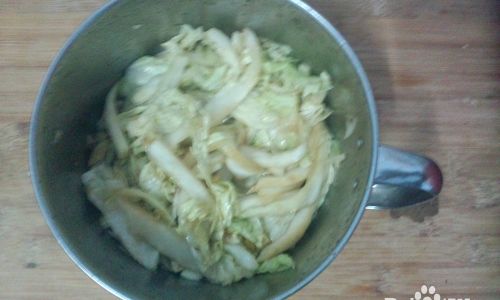
Selecting the Perfect Cabbage
The foundation of exceptional pickles begins with choosing the right cabbage. Look for firm, compact heads with crisp, unblemished leaves. Avoid specimens with wilted outer layers or brown spots, as these may indicate spoilage or age. Smaller heads (1–2 pounds) are often ideal, as they ferment more evenly than larger ones. If possible, opt for organic cabbage to minimize pesticide residues, which can hinder fermentation.
Preparing the Cabbage: Washing and Cutting
- Washing: Rinse the cabbage under cold running water, gently separating the leaves to remove dirt. Pat dry with a clean kitchen towel or spin in a salad spinner to eliminate excess moisture.
- Trimming: Remove any damaged outer leaves. Slice off the base of the cabbage, but leave the core intact to hold the leaves together during salting.
- Cutting: The method depends on the desired pickle style:
- Quartering: Cut the cabbage lengthwise into quarters for whole leaves, ideal for stuffing with seasonings (e.g., kimchi).
- Shredding: Slice the cabbage into 1-inch strips for quicker fermentation and easier incorporation into dishes.
- Chunking: Chop into 2-inch pieces for a heartier texture, perfect for stews or soups.
Salting: Drawing Out Moisture
Salting is a critical step that softens the cabbage, releases water, and creates a brine essential for fermentation. Two methods are common:
Dry Salting (Traditional Method)
- Layer the cabbage in a large bowl, sprinkling each layer with coarse sea salt (1–2 tablespoons per head).
- Let it rest for 2–4 hours. The salt draws moisture from the leaves, creating a natural brine.
- Rinse the cabbage under cold water to remove excess salt, then drain thoroughly.
Brine Soaking (Quicker Alternative)
- Dissolve 3 tablespoons of salt in 1 quart of water. Submerge the cabbage in the brine for 2 hours.
- Drain and rinse. This method is gentler but requires careful monitoring to avoid over-salting.
Pro Tip: Use non-iodized salt (e.g., kosher or pickling salt) to prevent discoloration and bitterness.
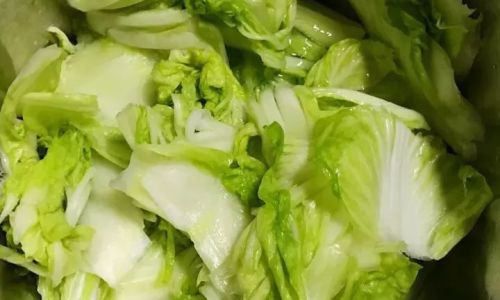
Flavoring Ingredients: Beyond Salt
The magic of pickling lies in the blend of seasonings. Classic additions include:
- Aromatics: Garlic, ginger, scallions, and onions.
- Spices: Chili flakes, Sichuan peppercorns, star anise, or bay leaves.
- Sweeteners: Sugar, honey, or apple juice balance acidity.
- Umami Boosters: Fish sauce, shrimp paste, or miso.
For a Korean-style kimchi twist, combine gochugaru (Korean chili flakes), garlic, ginger, and fermented shrimp. For a Chinese profile, use Sichuan peppercorns and star anise.
Packing the Jars: Layering and Pressing
- Sterilize Jars: Use mason jars, ceramic crocks, or food-grade plastic containers. Wash them in hot soapy water and rinse thoroughly.
- Layer Ingredients: Alternate cabbage with seasonings, pressing down firmly to release air bubbles. For whole leaves, stuff them tightly into jars.
- Brine Coverage: Ensure the cabbage is fully submerged in brine to prevent mold. Use a weight (e.g., a clean stone or glass disc) if needed.
- Seal: Leave 1–2 inches of headspace to accommodate bubbling during fermentation. Secure the lid loosely to allow gas to escape.
Fermentation: The Waiting Game
Fermentation duration depends on temperature and taste preference:
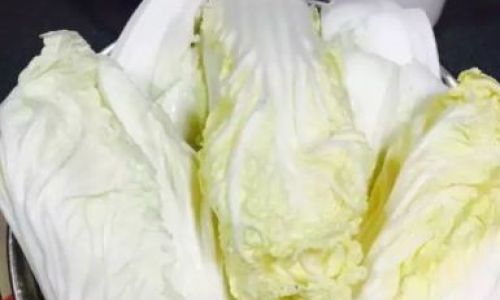
- Room Temperature (65–75°F/18–24°C): 3–7 days for mild tanginess; 2–4 weeks for deep flavor.
- Cooler Environments: Extend by 1–2 weeks.
Daily Checks:
- Press down the cabbage daily to keep it submerged.
- Taste after 3 days; stop fermentation once it reaches your desired sourness.
Signs of Success:
- Bubbling brine (active fermentation).
- A tangy aroma (not putrid).
- Cabbage that’s translucent but still crisp.
Troubleshooting Common Issues
- Mold: Skim off the surface and ensure submersion. Use more salt next time.
- Soft Texture: Over-fermentation or insufficient salt. Reduce fermentation time.
- Cloudy Brine: Normal; caused by lactic acid bacteria.
Storing Your Pickles
Once fermented, transfer the jars to the refrigerator to halt fermentation. Pickled cabbage keeps for 3–6 months, though flavor peaks within the first month. For long-term storage, consider canning (follow USDA guidelines to avoid botulism).
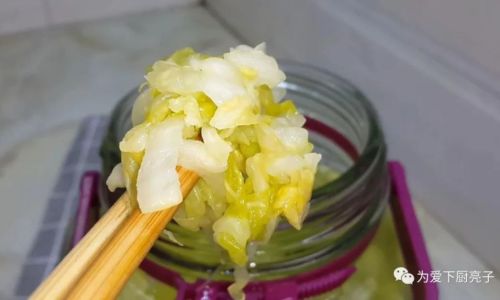
Serving Suggestions
- Kimchi Fried Rice: Sauté pickled cabbage with rice, eggs, and soy sauce.
- Soups and Stews: Add a handful to ramen, hot pot, or pork-based soups.
- Salads: Toss with shredded carrots, cilantro, and a sesame dressing.
- Condiments: Serve alongside grilled meats or rice bowls.
Health Benefits of Fermented Cabbage
- Probiotics: Supports gut health and immunity.
- Vitamins: Rich in vitamin C, K, and B6.
- Antioxidants: Combats inflammation and oxidative stress.
Creative Variations
- Spicy Pickle: Add habanero peppers or fresh chili.
- Sweet & Sour: Include raisins or apple slices.
- Vegan Twist: Replace fish sauce with miso or soy sauce.
Conclusion
Pickling Chinese cabbage is a rewarding blend of science and art. Whether you prefer the fiery kick of kimchi or the mellow tang of sauerkraut, this ancient technique transforms a humble vegetable into a culinary treasure. Experiment with seasonings, fermentation times, and textures to craft your signature pickle. As you savor the results, remember that each jar holds a piece of culinary history—and a world of flavor waiting to be explored.
This comprehensive guide ensures that even novice picklers can achieve crisp, flavorful results. By understanding the interplay of salt, time, and temperature, you’ll unlock the secret to preserving summer’s bounty or elevating winter meals. So grab a head of cabbage, and let the fermentation begin!
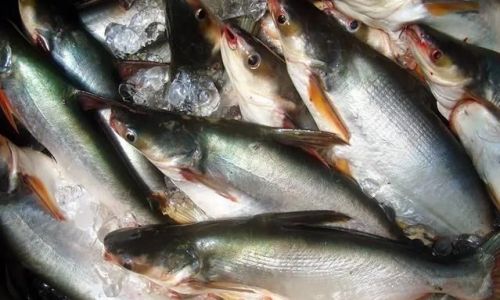

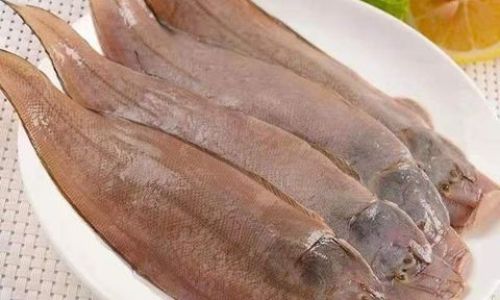

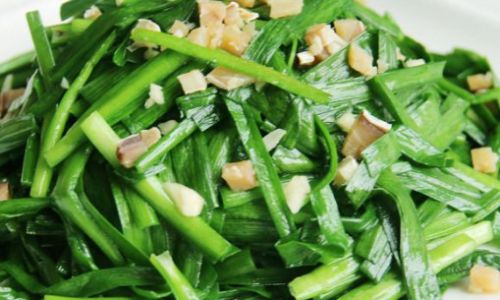
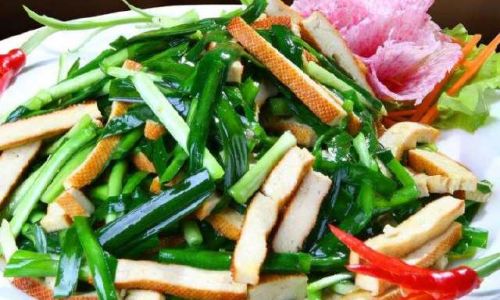
0 comments